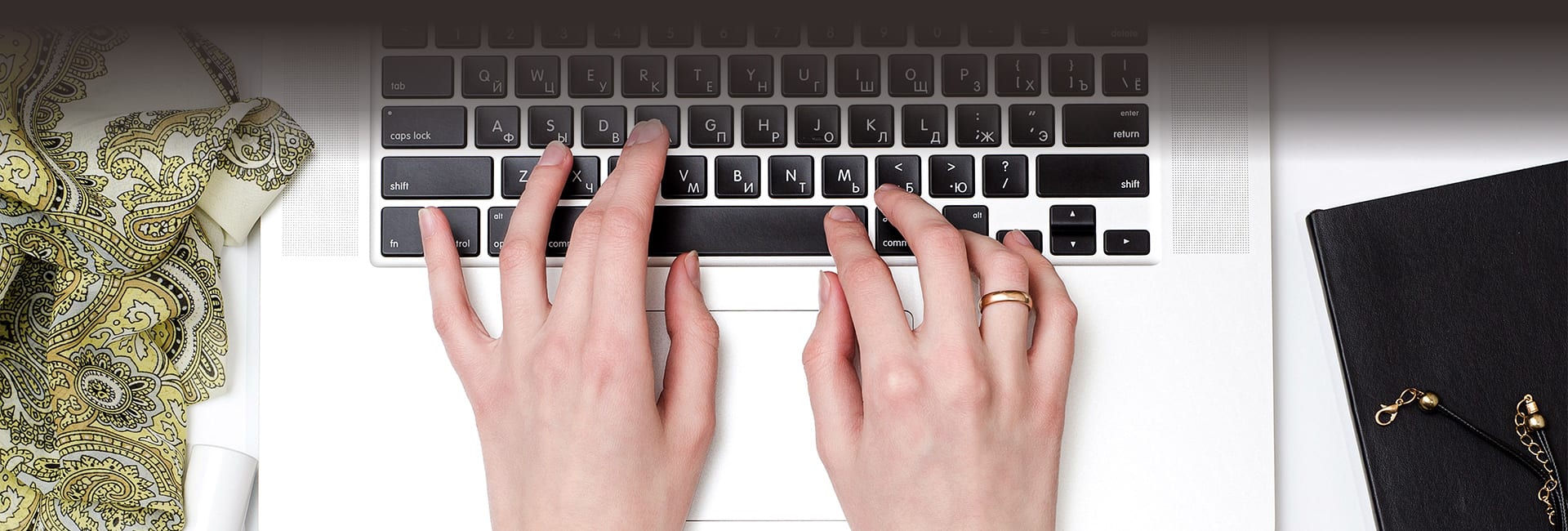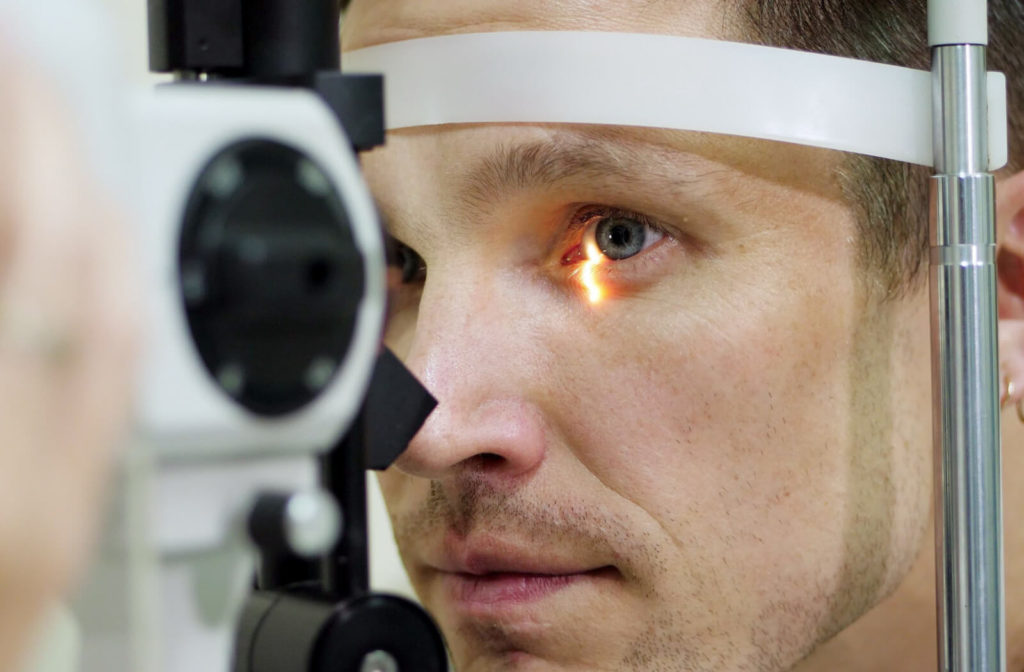Adult and children’s eye exams screen your vision to ensure you have the correct prescription glasses or contact lenses. But they can also check for eye problems in the early stages, which don’t always present with symptoms.
It’s best to wear glasses instead of contact lenses to an eye exam so your eye doctor can accurately measure your prescription and assess your eye health.
When you know what to expect, you can better prepare for an eye exam. Continue reading as we discuss eye exams in detail.
Eye Exams
A visit to your eye doctor for regular eye exams is important for maintaining good eye health and ensuring clear vision. Eye exams also allow the eye doctor to update your prescription for glasses or contact lenses, ensuring you can see clearly and comfortably.
You may have good vision, but only an eye exam can detect early signs of eye diseases such as glaucoma, cataracts, age-related macular degeneration (AMD), and diabetic retinopathy, which are treatable if caught early.
Before your eye exam, your optometrist or ophthalmologist will discuss your medical and family history, medications, allergies, lifestyle and preferences, and concerns.
And during the eye exam, depending on your symptoms, concerns, and risk, they will conduct a series of tests:
- Visual acuity test. How well you can see at a distance. Each eye is tested on its own as you identify letters on a chart that get smaller as you go down.
- Eye muscle function. Evaluates eye muscle movement to look for muscle weakness and poor coordination.
- Peripheral vision. Check your overall field of vision and the extent you can see on the sides without moving your eyes.
- Refraction assessment. Determine lens prescription for correction.
- Color test. Check for color deficiency.
- Slit lamp exam. Examine the eyelids, lashes, cornea, iris, and lens.
- Retinal exam. Evaluate the retina and retinal blood vessels at the back of the eye.
- Glaucoma screening. Measures fluid pressure inside the eye (ocular pressure).
How often you have an eye exam depends on several factors that increase your risk:
- Age
- Family history of eye disease
- Chronic health problems such as diabetes or high blood pressure
- An occupation that’s hazardous to the eyes
- Take medication with ocular side effects
- Wear contact lenses
- Previous eye injury or eye surgery
- High refractive error
Adult Eye Exam Frequency
The American Optometric Association recommends the following frequency for adult eye exams:
- 18–39 years: Every two years or annually if at-risk
- 40–64 years: Every two years or annually if at risk
- 65 and older: Annually
Children’s Eye Exam Frequency
The American Optometric Association recommends the following frequency for children’s eye exams:
- Birth–2: First eye exam between 6 and 12 months of age
- 3–5: At least once between 3 and 5 or as recommended
- 6–17: One eye exam before first grade and annually after or as recommended
Why You Shouldn’t Wear Your Contacts to an Eye Exam
If you already have a prescription and wear contact lenses, you would need to have them removed before an eye exam. Because during your exam, your eye doctor will determine a lens prescription that will give you sharp and comfortable vision.
It involves looking through different lenses to see which combination gives you the best vision. It helps to determine if your prescription is correct or needs updating.
Contact Lens Exams & Fittings
Even though contact lenses offer an alternative to glasses, not everyone can wear them. A contact lens exam can confirm if you’re a candidate for contact lenses.
Contact lens exams check visual acuity and test for eye problems. By measuring the shape and size of the eye, your eye doctor can determine the best type of contact lenses for you, including the material, size, and curvature of the lenses and the appropriate prescription:
- Base curve: The shape of the cornea determines the curve of your contact lenses to ensure proper fit.
- Diameter: Eye shape helps to choose the size of your contact lenses and correction.
- Lens material: Different lens materials based on specific needs or eye conditions, such as specialty contact lenses.
You probably won’t have any contacts at your first contact lens exam. After receiving the proper fit, type, and prescription, you will have a follow-up appointment.
You can wear contact lenses to this appointment so your eye doctor can check the fit, comfort, and visual clarity. However, if you experience discomfort, blurry vision, or pain, remove your contact lenses and bring them to the appointment.
Eye & Contact Lens Exams
Eye and contact lens exams help to maintain good eye health and clear vision. Regular eye exams can detect early signs of eye diseases, and a contact lens exam ensures you have vision correction and comfort.
For contact lens wearers, an annual eye exam is beneficial. If it’s been a while since your last eye or contact lens exam, book an appointment with Metro EyeCare today. And remember to bring your contacts along.


